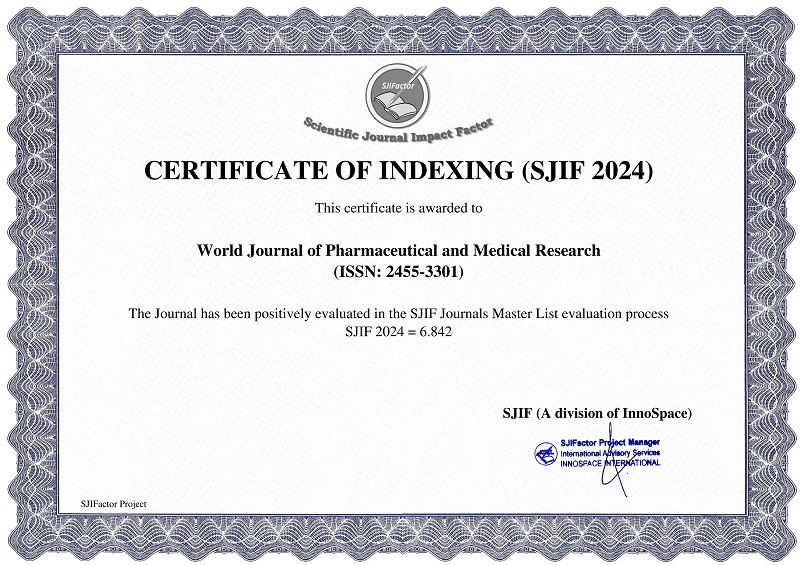ROLE OF GLOBAL LONGITUDINAL STRAIN IN AN OCTOGENARIAN WITH ASYMPTOMATIC SEVERE CALCIFIC AORTIC STENOSIS: CASE REPORT AND LITERATURE REVIEW
Akhil Mehrotra*, Mohammad Shaban and Faiz Illahi Siddiqui
ABSTRACT
Owing to population aging, the prevalence of aortic stenosis (AS) continues to increase. Despite significant advances in noninvasive imaging techniques and treatment options over the last 2 decades, the diagnostic echocardiographic hemodynamic criteria have remained largely unchanged. Complex decisions about treatment timing are presently informed by the calculated aortic valve area (AVA), transvalvular pressure gradients, valve morphology, and symptoms. However, there are several pitfalls of the hemodynamic severity grading of AS. Global longitudinal strain (GLS) is a sensitive marker of subtle hypertrophy-related impairment in left ventricular function and has shown promise as a relatively strong prognostic marker, when added to severity classification systems. The utility of GLS depends on its ability to predict clinically meaningful events, such as death or heart failure hospitalization, in patients with severe AS. In this manner it might function as a viable discriminator for appropriate eligibility for intervention. Published literature support the prognostic superiority of GLS over LVEF. The presence of impaired GLS may be a valuable bio-marker in the early diagnosis for left ventricle (LV) impairment, which would help scrutinize asymptomatic AS patients with high risk of adverse outcomes, such as major adverse cardiovascular events (MACE). Here, we are presenting an octogenarian lady afflicted with asymptomatic severe calcific aortic valve stenosis albeit with normal global strain on speckle tracking echocardiography. Whether to proceed for transcatheter aortic valve replacement (TAVR) or surgical aortic valve replacement (SAVR) or to continue with optimal medical therapy is a big dilemma in this elderly woman.
[Full Text Article] [Download Certificate]



